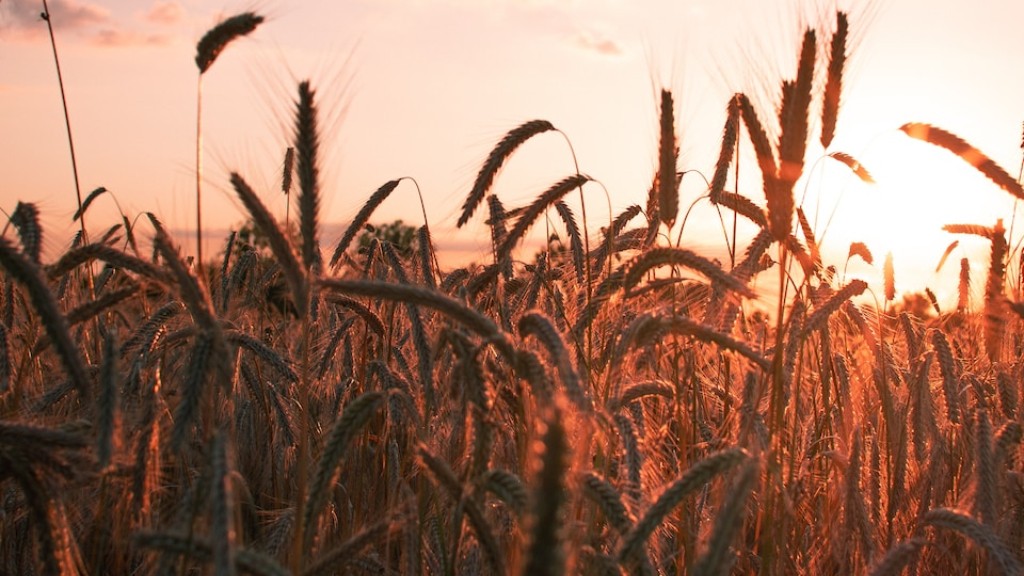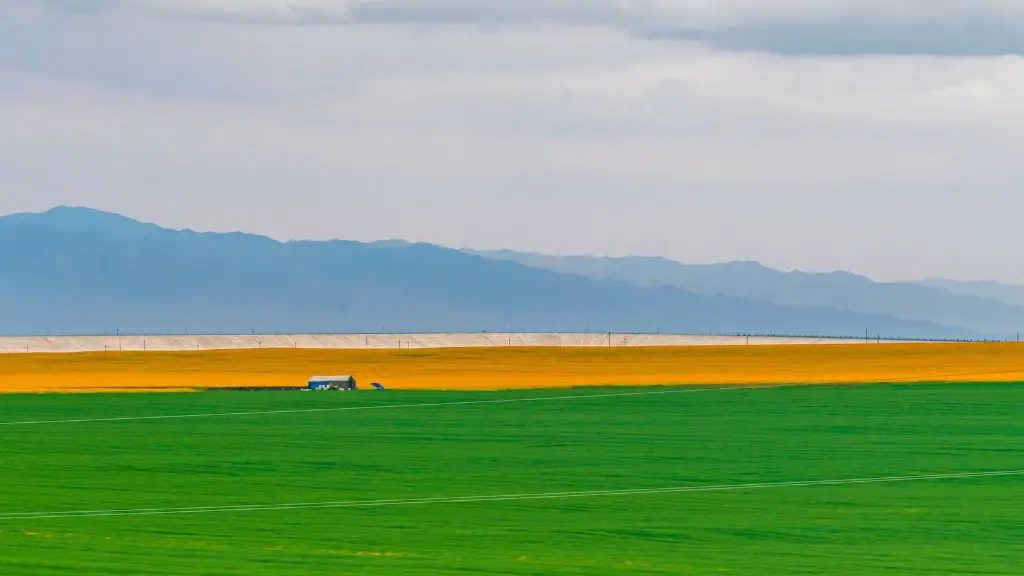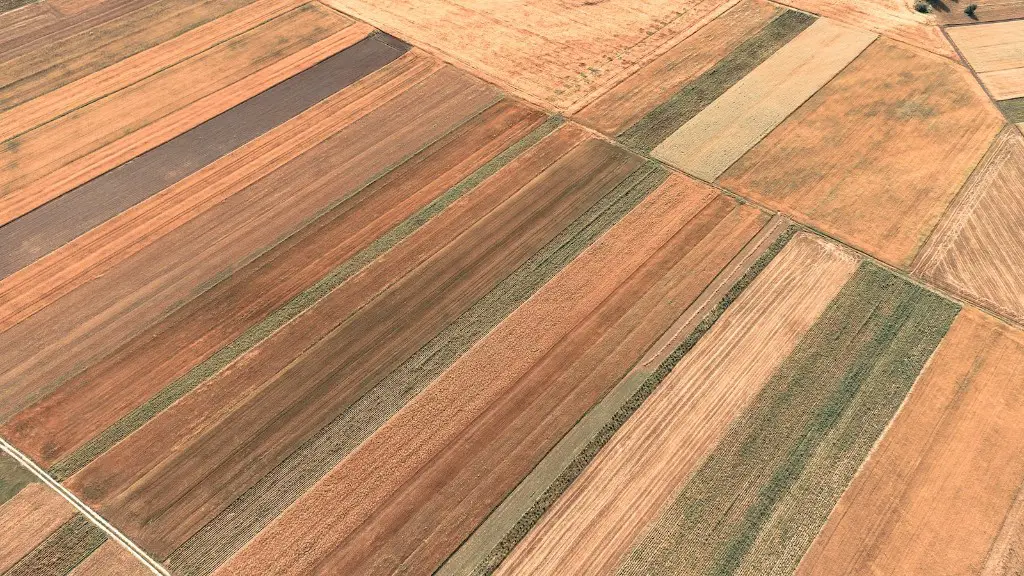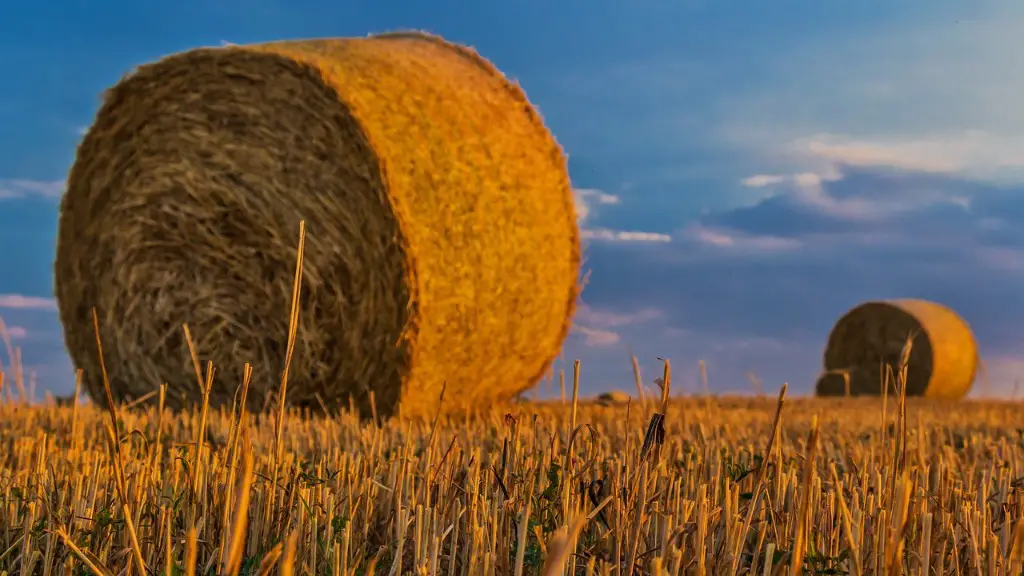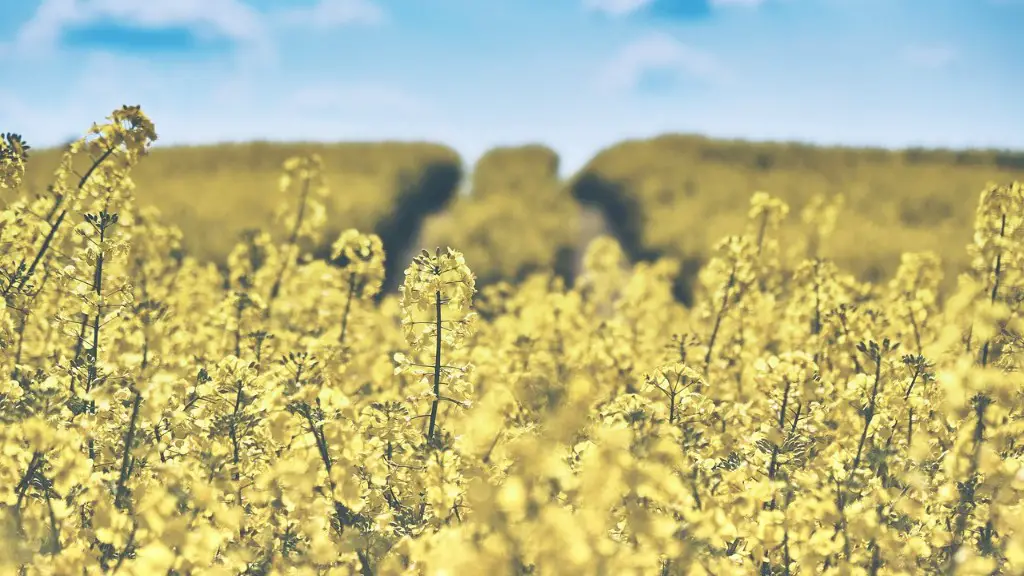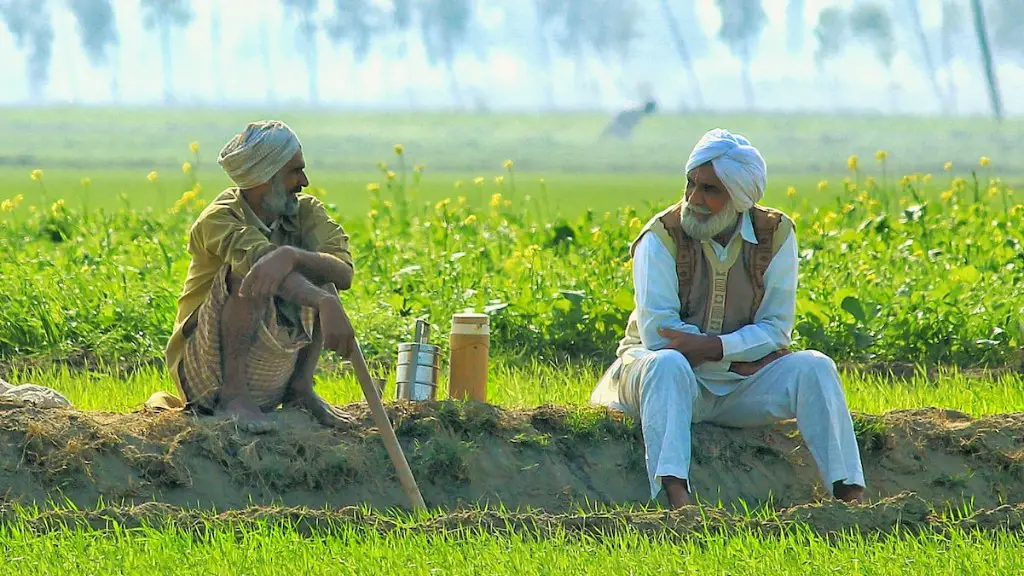In recent years, data analytics has transformed many industries, from retail to health care. And now, data analytics is starting to transform agriculture. Farmers are using data analytics to track everything from the weather to the soil conditions to the growth of their crops. By using data analytics, farmers can make more informed decisions about when to plant, how to water, and when to harvest. Data analytics is also helping farmers to predict problems before they happen, so that they can take preventive action. As data analytics continues to evolve, it is likely to have an even bigger impact on agriculture, helping farmers to increase yields, reduce costs, and improve the quality of their crops.
In recent years, data analytics has been transforming a wide range of industries, and agriculture is no exception. Farmers are using data analytics to improve yields, reduce inputs costs, and make more informed decisions about their crops and livestock. The data analytics revolution is still in its early stages, but it has the potential to transform the way we produce food, making agriculture more sustainable and efficient.
What is the importance of big data analytics in agriculture?
Big data is providing farmers with a lot of data that they can use to make better decisions about their farms. This data includes information on rainfall patterns, water cycles, and fertilizer requirements. With this information, farmers can make better decisions about what crops to plant and when to harvest. This will ultimately lead to better farm yields.
Predictive maintenance of cropdrones powered by AI capabilities can assist farmers to improve their crop yields and decrease capital costs. Pre-trained drones can capture plant images and then use AI algorithms to analyze plants, pests, and diseases. Hence, accordingly, recommend solutions.
How predictive analytics is useful in agriculture
Predictive data analytics can help farmers to improve their practices by making predictions about factors such as weather and by providing more accurate information about products and fertilizers. This can help farmers to make better decisions about how to use their resources, and to avoid problems such as crop loss due to bad weather.
Data science is a powerful tool that farmers can use to track their crops, animals, and water usage. It also provides local insights into historical data, including past land usage and hyper-local weather insights. Additionally, data science enables farmers to do this quickly and easily.
How big data analytics are impacting the agriculture industry?
The introduction of Big Data has helped boost the agricultural supply chain’s efficiency by providing effective tracking and optimization options for delivery truck routes. This makes the food delivery cycle convenient to track from producer to market and makes sure that food will not go to waste in the process.
In order to optimize yields and quality, farmers need to be able to measure and understand the impact of a huge amount and variety of data. This data includes local weather data, GPS data, ortophotos, satellite imagery, soil specifics, soil conductivity, seed, fertilizer and crop protectant specifications, and many more. By understanding all of this data, farmers can make more informed decisions about how to best care for their fields and crops.
What are the 3 most popular applications of AI in agriculture?
The application of artificial intelligence (AI) in agriculture is becoming more prevalent as the industry looks for ways to increase efficiency and yield. Here are eight practical applications of AI in agriculture that are already being used:
1. Crop and soil monitoring: AI can be used to monitor crops and soil for signs of stress, disease, or nutrient deficiencies. This information can then be used to optimize irrigation, fertilization, and other farming practices.
2. Insect and plant disease detection: AI can be used to identify insect pests and diseases in crops. This information can then be used to take steps to control the spread of the pests or diseases.
3. Livestock health monitoring: AI can be used to monitor the health of livestock. This information can be used to identify sick animals and take steps to prevent the spread of disease.
4. Intelligent spraying: AI can be used to optimize pesticide spraying. This can help to reduce the amount of pesticide used and improve the effectiveness of the spraying.
5. Automatic weeding: AI can be used to identify and remove weeds from fields. This can help to reduce the amount of manual labor needed to control weeds.
6. Aerial survey and imaging: AI can be used to
Digital technologies are already revolutionising the agriculture sector and its potential is only beginning to be realised. Data-driven insights can help farmers to work more precisely, efficiently and sustainably, making farming jobs more attractive to younger generations. By improving decision-making and practices, digital technologies can help to increase environmental performance whilst also making sure that farmers are able to maximise their yields. In the future, digital technologies will continue to play an important role in the agricultural sector, making it more efficient and effective.
How has AI improved agriculture
Artificial intelligence is playing an increasingly important role in agriculture, with the potential to help address some of the world’s most pressing challenges related to food security.
From detecting pests to predicting what crops will deliver the best returns, AI can help farmers and agricultural businesses be more efficient and effective in their operations. Additionally, AI-based systems can help monitor and predict changes in growing conditions, allowing farmers to adapt their practices in order to mitigate the impact of climate change.
With the world’s population projected to reach 9.7 billion by 2050, it is essential that we find ways to increase food production in a sustainable way. AI can help us meet this challenge by making agriculture more efficient and effective.
Agriculture analytics from SAS, with embedded AI, helps you extract valuable insights that can lead to better plant and animal health, crop yields, sustainable practices and more. Agriculture analytics from SAS can help you manage product research data for plant, soil and animal health, and enable precision agriculture performance.
Why is AI important to agriculture?
Precision agriculture is an farming technique that uses technology to increase yields and decrease inputs. AI systems are used in precision agriculture to help with tasks such as detecting disease in plants, pests and poor nutrition of farms. AI sensors can also be used to detect and target weeds and then decide which herbicide to apply within the region.
The agricultural industry is currently in the midst of a transformation, as automation and robotics are rapidly changing the way that farming is done. There are numerous benefits to this shift, including lower consumer prices, reduced environmental impact, and lower labor costs. This is good news for both the agricultural industry and for consumers, as it means that more food can be produced at a lower price. In addition, the use of robotics and automation can help to reduce the negative impact of farming on the environment.
What are 2 benefits of using data analytics in agriculture
Data analytics has the potential to revolutionize the agricultural industry. By helping farmers monitor the health of crops in real-time, create predictive analytics related to future yields, and make resource management decisions based on proven trends, data analytics can help increase efficiency and optimize production. In a industry where margins are often slim, data analytics can make a big difference.
Data analysis is providing farmers with the ability to optimize every stage of the agriculture lifecycle. From crop selection and cultivation methods to harvesting and supply chain management, data is helping farmers to be more efficient and cost-effective. The impact is being felt across the entire value chain, from the farm to the consumer.
What are the opportunities of big data in agriculture?
Big data provides a way for businesses and farms in the agriculture sector to keep track of market price fluctuations and crop production in order to make more informed and intelligent business decisions. This information can be used to forecast crop yields and improve productivity. Big data plays a vital role in improving farming productivity and helping businesses in the agriculture sector stay competitive.
Data analytics is important because it can help businesses improve their performances by identifying more efficient ways of doing business and storing large amounts of data. Implementing data analytics can help businesses save money by reducing costs and improving their operations. Additionally, data analytics can help businesses make better decisions by providing insights into their data.
Conclusion
Data analytics is playing an increasingly important role in agriculture, as farmers seek to maximize yields and efficiency. By analyzing data on things like weather, crop growth, and soil conditions, farmers can make more informed decisions about when to plant, how to irrigate, and what crops to grow. This data-driven approach to agriculture is resulting in more productive farms and a more sustainable food supply.
The use of data analytics is helping to transform the agriculture industry by improving farmers’ ability to make decisions about their crops and operations. In the past, farmers have had to rely on weather forecasts and their own experience to make decisions about when to plant, how to water, and when to harvest. However, data analytics is providing farmers with new insights into their crops and operations, and is helping them to make more informed decisions that can improve their yields and profitability.
